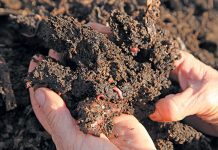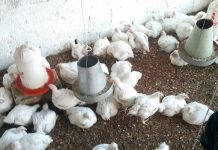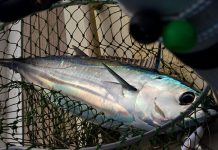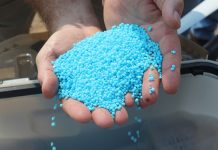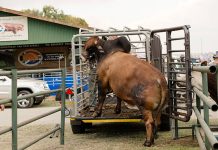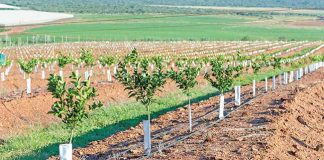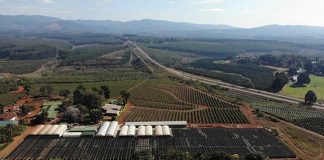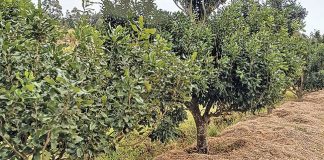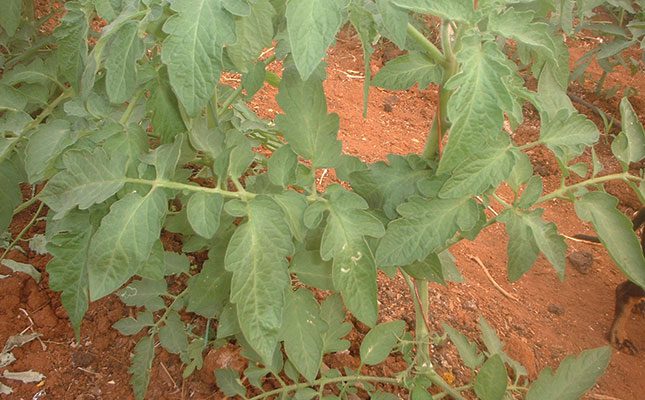
Photo: Bill Kerr
Leaf miners are the larvae of insects that live between the upper and lower epidermis of leaves and feed on the tissue as they go. They can cause devastating damage.
Two Liriomyza species attack tomatoes in South Africa. L. trifolii, which arrived first in the country, prefers warmer weather and is often referred to as the American leaf miner. It is more active in subtropical regions, but is not confined to these areas.
The later arrival, L. huidobrensis, is often referred to as the pea leaf miner. It’s very active in cooler regions.
An even newer arrival is the tomato leaf miner (Tuta absoluta). Interestingly, its larva is the caterpillar of a moth, which makes it a member of the order Lepidoptera. Liriomyza is a fly, and part of the order Diptera.
Liriomyza species have many host plants. This is good news for farmers, as all of the weeds and plants that are food for these insects also provide a breeding ground for their natural enemies.
More than 40 species of parasitoids are known to feed on Liriomyza, and many of these are found in South Africa. Some are widespread, while others are more active at certain times of the year.
In fact, wherever you may farm in South Africa, there will be parasitoids to control leaf miners on your tomatoes if they are allowed to do so.
These tiny wasps breed faster than the leaf miner and, because leaf miners are widespread, the parasitoids are too.
Parasitoid-friendly products
If you plant a crop of tomatoes, the leaf miner may start off by doing some damage, and it may take a while for the wasps to catch up. This is where you can use a pesticide that will bring down the leaf miner population, but have only a negligible effect on the wasps.
I have found abamectin can be effective in this regard.
The problem is that, given the rapid life cycle of leaf miners, they have managed to build up resistance to a number of insecticides.
Pesticide-resistant wasps
As I have noted before, some farmers are unaware of the existence of parasitoids and often use products that kill them when sprayed to control pests.
On one occasion, in the Lowveld, I met a farmer on his tomato land. While there, I noticed a sizeable population of parasitoids. I remarked that I could see he employed ‘soft products’ on his crop, and he replied that he always used a certain pyrethroid.
It was obvious to me that his population of parasitoids (which happened to be Diglyphus spp.), had developed resistance to the pesticide, which enabled him to control his other pests while the parasitoids controlled the leaf miner.
There is clearly potential for breeding a wasp population resistant to certain harsh products. However, this would have to be done by a government institution, as the private sector would be unlikely to recoup the money spent on research and development after the initial introduction.
If you have a persistent Liriomyza problem, take a hard look at the products in your spraying programme.
Bill Kerr is a vegetable specialist and breeder.



